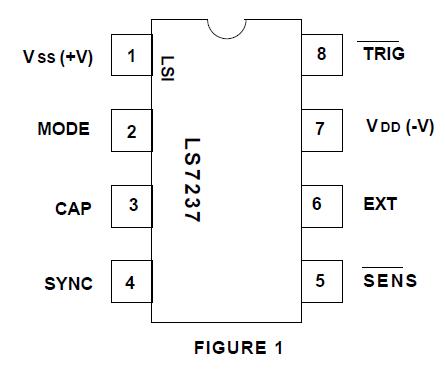LS7237: Features: • PLL synchronization allows use as a Wall Switch• Provides brightness control of an incandescent lamp with a touch plate or mechanical switch• Can control speed of shade...
floor Price/Ceiling Price
- Part Number:
- LS7237
- Supply Ability:
- 5000
Price Break
- Qty
- 1~5000
- Unit Price
- Negotiable
- Processing time
- 15 Days
SeekIC Buyer Protection PLUS - newly updated for 2013!
- Escrow Protection.
- Guaranteed refunds.
- Secure payments.
- Learn more >>
Month Sales
268 Transactions
Payment Methods
All payment methods are secure and covered by SeekIC Buyer Protection PLUS.

 LS7237 Data Sheet
LS7237 Data Sheet








